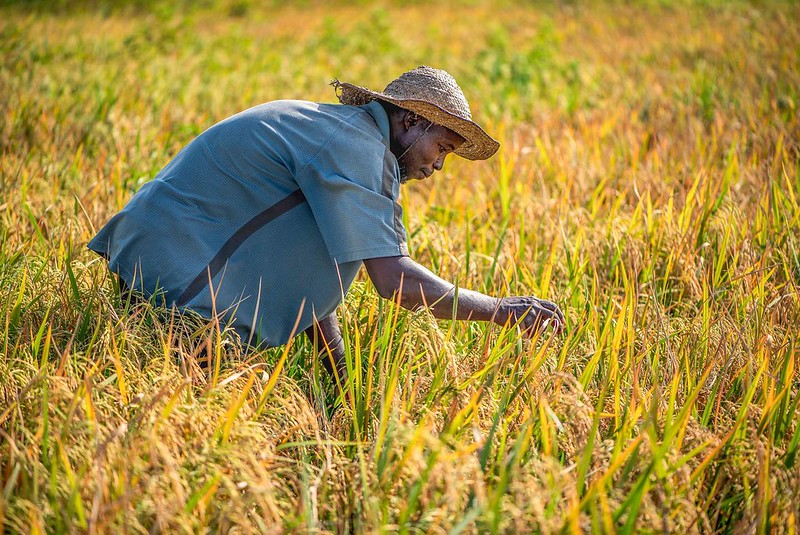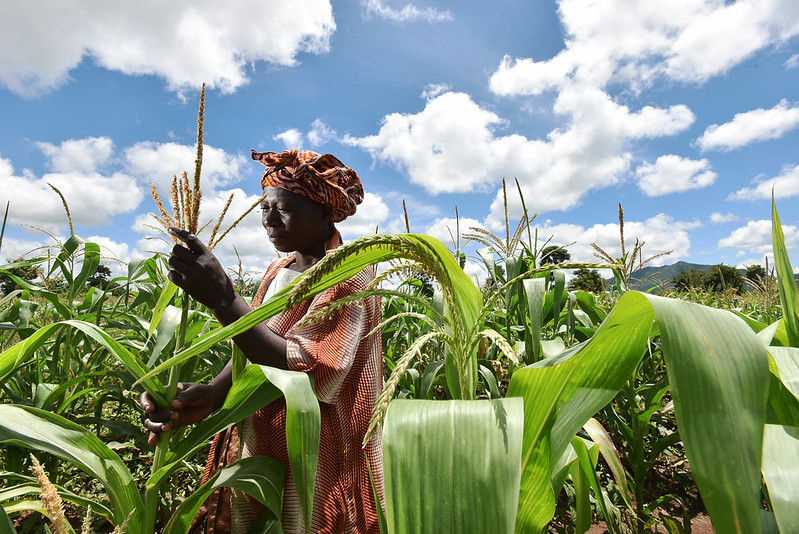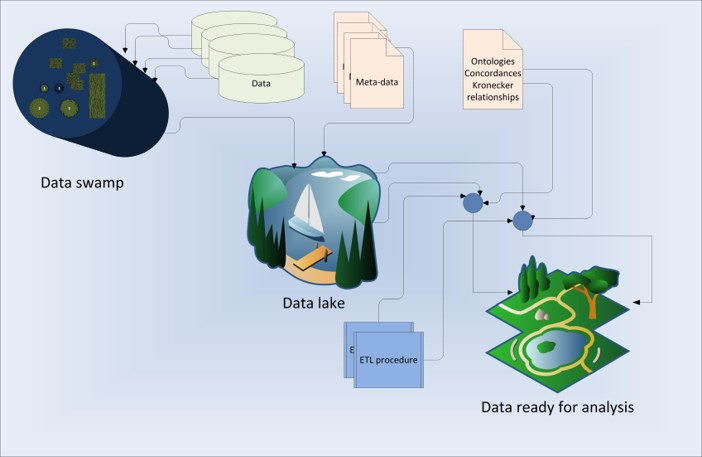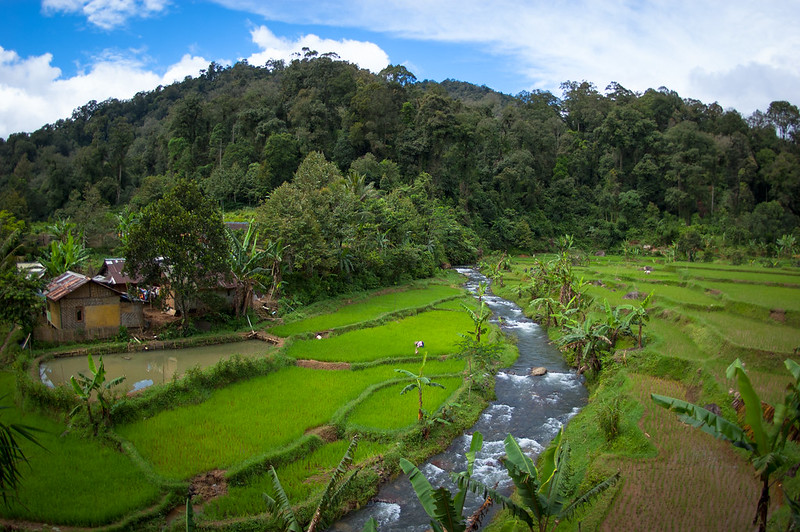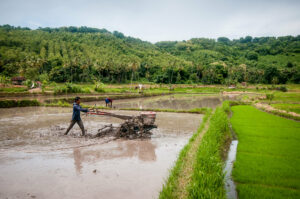Latest Posts
Popular
Foresight Synthesis Briefs (1)
Posted by Gideon Kruseman on 2023-09-11
Unlocking Livestock Sector Potential Through Master Plans
Posted by Gideon Kruseman on 2024-07-12
Making foresight material interoperable
Posted by Gideon Kruseman on 2024-03-01
What do we know about the future of rice in relation to food system transformation?
Posted by on 2024-06-26
What do we know about the future of land in relation to food system transformation?
Posted by on 2024-06-27
New open access database is valuable for sustainable development in the energy and water sectors.
Posted by Gideon Kruseman on 2024-06-12
What do we know about the future of agri-food systems in Eastern and Southern Africa?
Posted by on 2024-06-26


